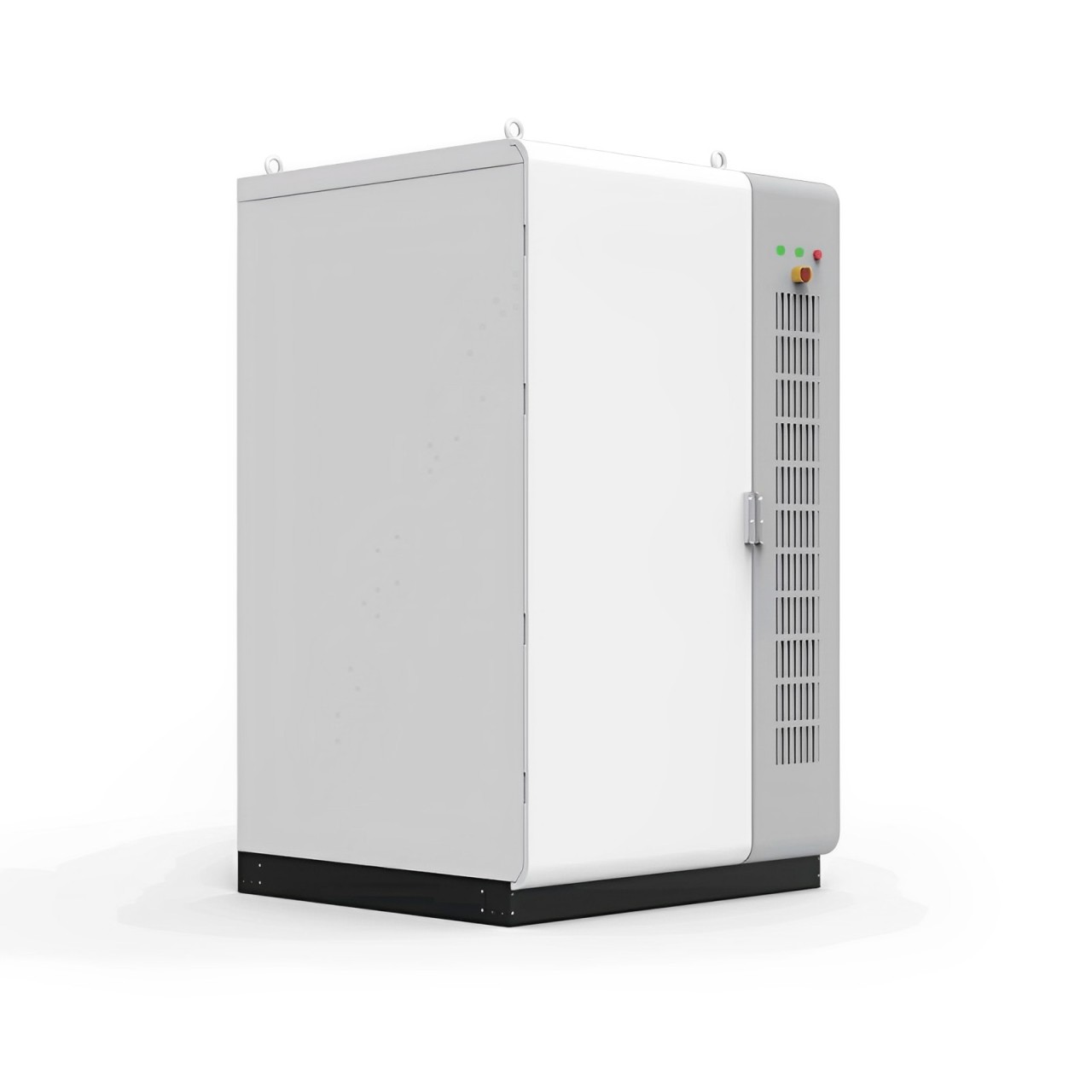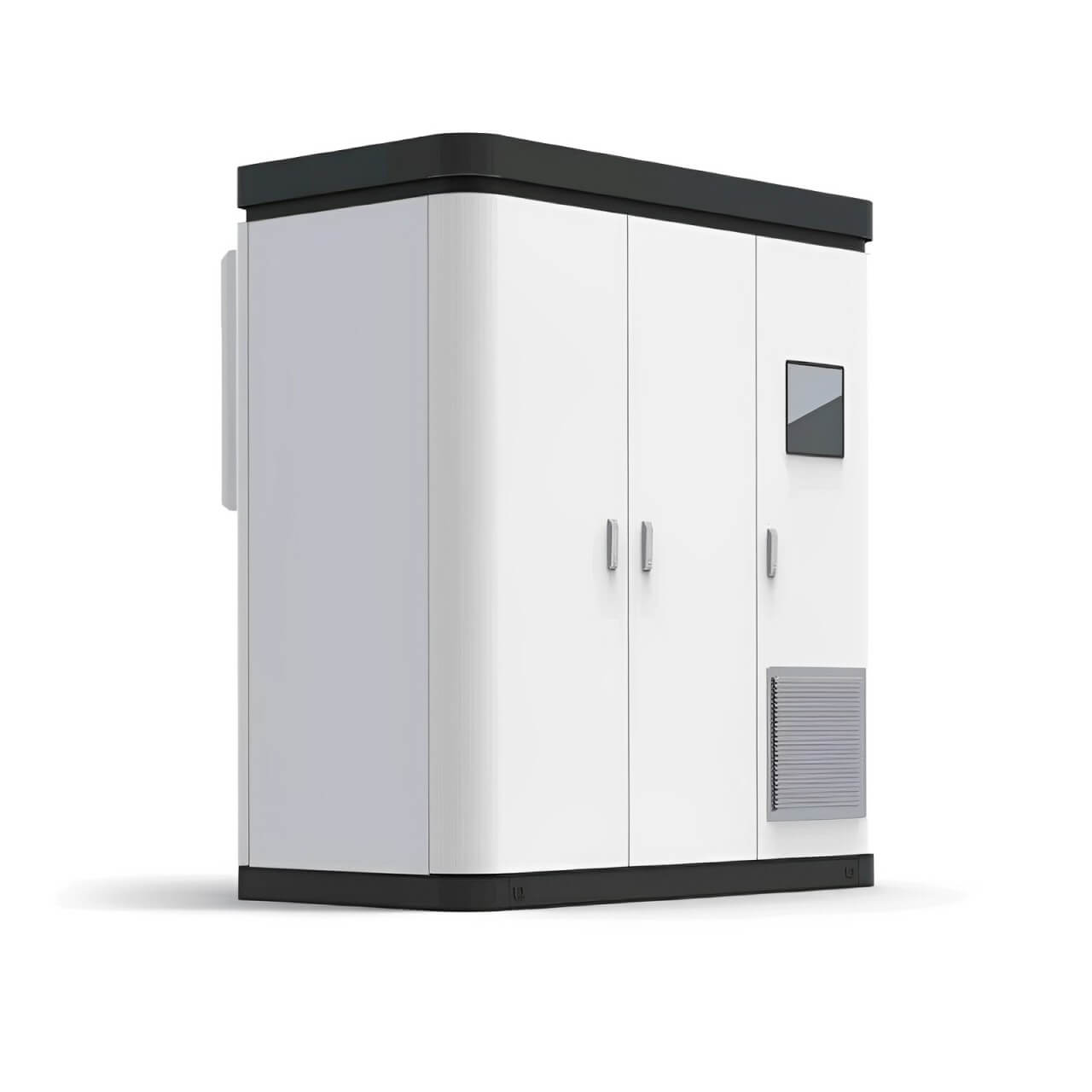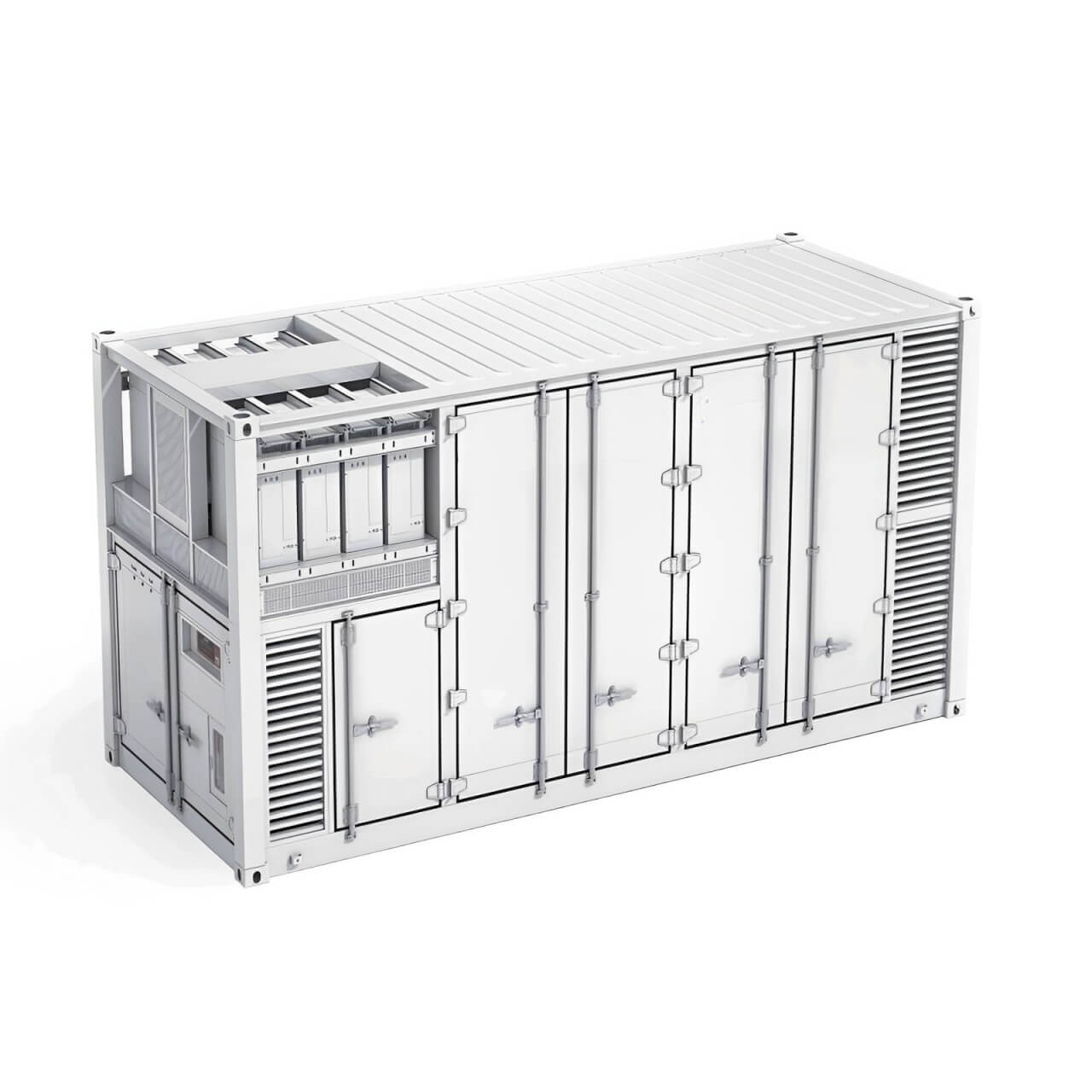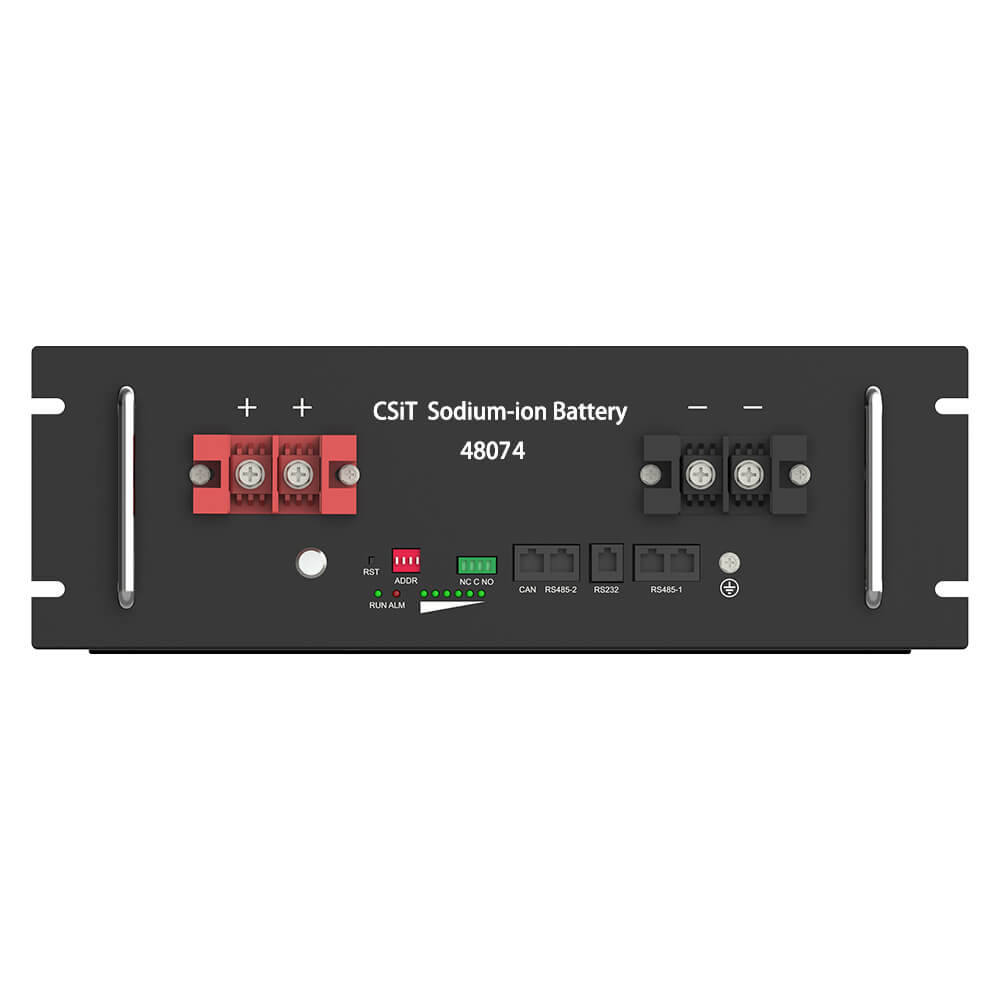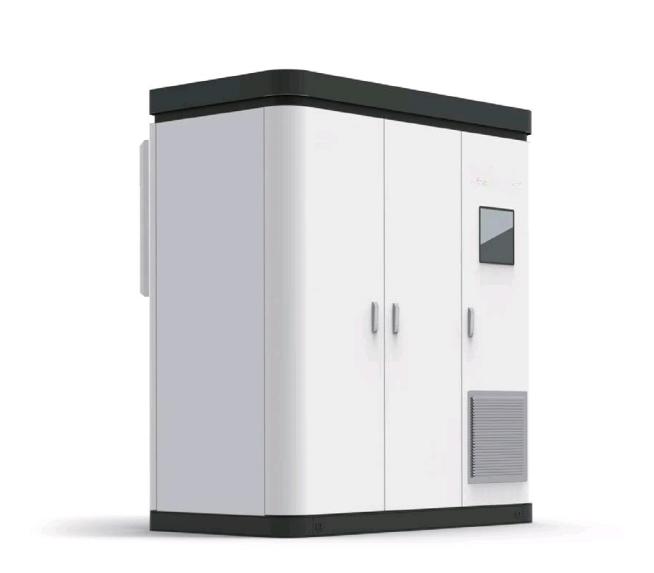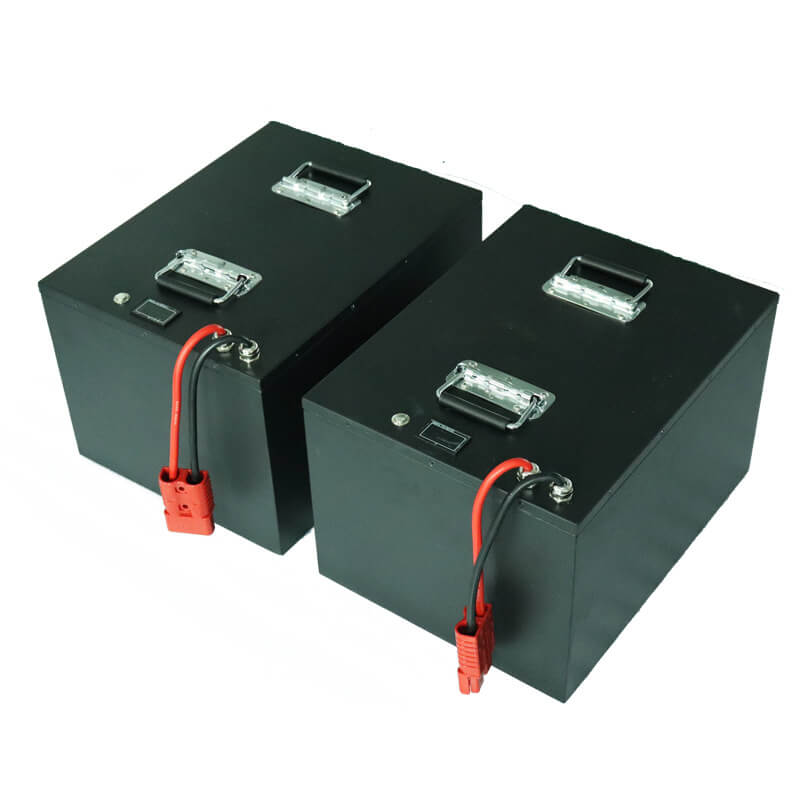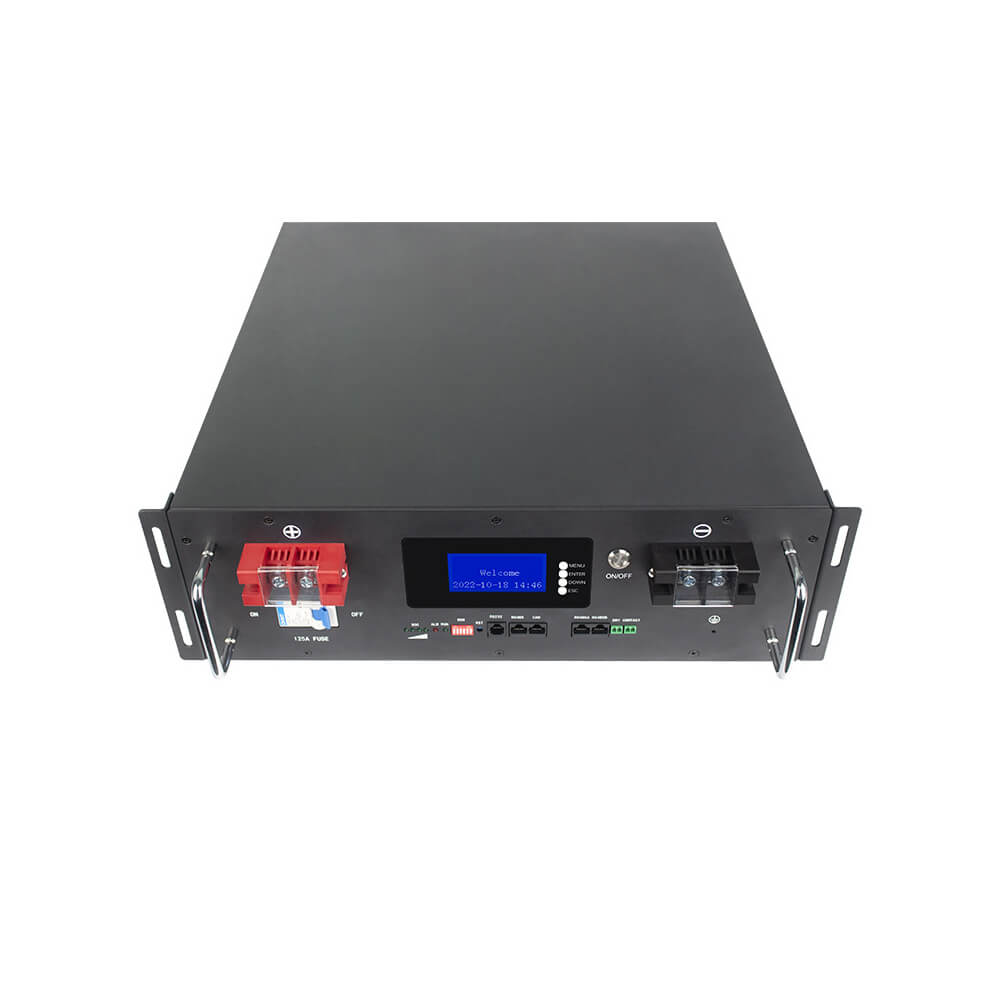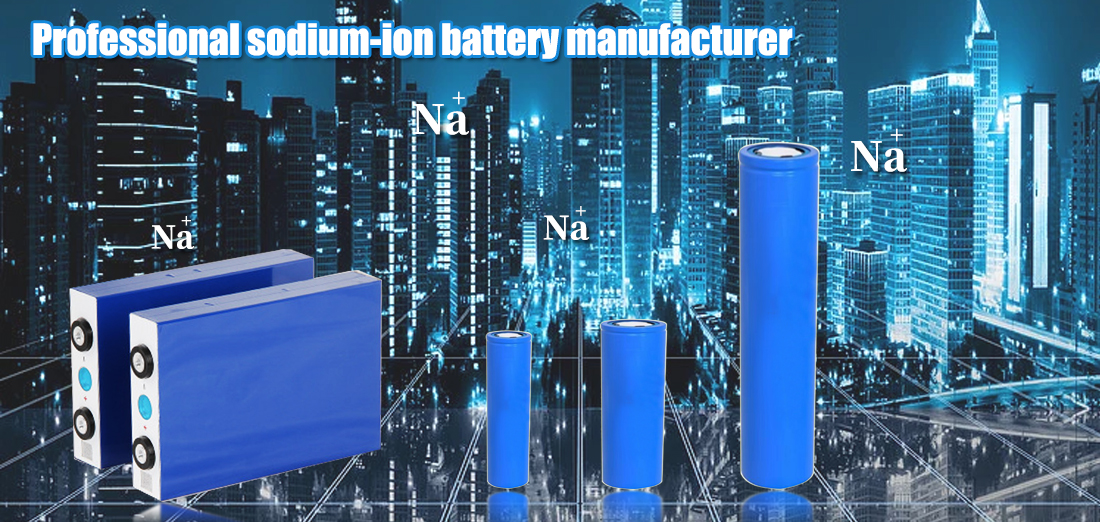18650 lithium battery knowledge
In the battery industry, there is a popular saying: primary batteries are the science of manufacturing, and secondary batteries are the science of application. Although this statement is a bit far-fetched, some water must be squeezed out. Lithium batteries, 18650 lithium-ion batteries, however, secondary batteries, that is, rechargeable batteries, must be manufactured on demand, otherwise, there will be endless troubles. As a secondary battery, the lithium battery series products are no exception. Whether it is a primary battery or a secondary battery, they are all batteries, and their basic properties are similar. In order to better understand lithium batteries and understand lithium batteries, CSIT 18650 lithium-ion battery manufacturer will lead us to sort out the brief history of human beings on the road of battery research and development, and list some common features of batteries.
In 1800, Italian scientist Mr. Volta invented the battery. In order to commemorate him, the voltage of all batteries is named after him, abbreviated as "V", and the English letter is "V", which we have learned in our middle school textbooks. Everyone must remember the famous pool below that changed human life. It was one of the tools used by Mr. Volta for thousands of experiments and a symbol of successful experiments. It marked that human beings' convenient "mobile life" has since opened a new page. This famous pool gives us at least two very intuitive inspirations. One is the origin of the name "battery", which, as the name suggests, is a charged pool; the second is that as long as there is a potential difference between two substances, plus a certain medium, a battery can be formed. Therefore, broadly speaking, batteries are actually everywhere around us. However, these batteries are very low-level batteries, which are chemical batteries, that is, they can only convert chemical energy into electrical energy, cannot store electricity again, and the electrochemical reaction cannot be reversed. They are discarded after use and are disposable, which is opposite to the secondary battery that can store electricity. It is worth mentioning that the alkaline manganese battery was born in 1955 and the zinc-manganese battery was born in 1866. They are all disposable chemical batteries.
Lithium-ion batteries can be divided into liquid lithium-ion batteries (such as ICR18650 lithium batteries), gel polymer lithium-ion batteries (such as our commonly used mobile phone batteries) and all-solid lithium-ion batteries (electrolytes are fully solidified polymer colloids) due to the different states of their electrolytes.
There are thousands of materials in the world, why are people keen on using lithium materials to produce batteries instead of other materials such as iron and aluminum? That's because: first, lithium is the lightest metal element, its specific gravity is only 1/2 of water, and the specific gravity of lithium metal is only 1/5 of aluminum; second, lithium has the highest electronegativity of all metals. When 1g of lithium is decomposed into lithium ions, it can be converted into an effective charge of 3.5-4.0Ah; third, the reduction potential of lithium ions can reach -3V, and its operating voltage can reach more than 3V. Its above excellent qualities are far beyond the reach of other metal materials.
Lithium-ion batteries are mainly composed of positive electrodes (lithium compounds, such as LiCoO2, LiFePO4, LiMnO2, ternary, etc.), negative electrodes (carbon materials, such as artificial graphite, natural graphite, etc.), diaphragms (single-layer PE or three-layer composite PP+PE+PP), electrolytes (soluble organic solutions containing lithium salts such as LiPF6 and LiAsF6), positive and negative ears, protective plates, packaging shells, welding sheets, wires, plugs, etc.
The application of lithium-ion batteries is an endless subject. Based on the various application fields in the current market and combined with manufacturing experience, we have classified lithium batteries into five categories: conventional, high-temperature, low-temperature, rate, and power. The specific situation is as follows:
Conventional category
1.1 Square polymer lithium battery is used in portable products such as tablet computers, mobile power supplies, digital products, Bluetooth headsets, etc. The size range is: thickness 1mm-12mm, width 8-150mm, length 15-200mm; capacity is 20-10000mAh; representative models are 523450-1000mAh, 351220-50mAh, 126368-6300mAh, etc. The main characteristics of this type of battery are: first, the energy density can reach more than 450Wh/L; second, the platform is high, the number of cycles can reach more than 500 weeks, and the batch stability is good;
1.2 Cylindrical lithium batteries are used for lighting, backup power supply, multi-string and multi-parallel combination battery packs; the size range is 10, 14, 17, 18, 22, 26, 32, 42, etc., with a very complete variety; representative models are 10430-350mAh, 18650-2300mAh, 32650-6000mAh, etc. Its main characteristics are: first, the energy density can reach more than 480Wh/L; second, the consistency is guaranteed from the formula, specially equipped high-automatic equipment, and sorting, which is suitable for multi-string and multi-parallel combination; third, the cycle can reach more than 400 weeks.
High temperature type
2.1 Square polymer lithium battery application areas include GPS, car ignition, outdoor work tools, etc.; size range: thickness 2mm-10mm, width 20-150mm, length 20-200mm; capacity is 500-5000mAh; representative models include 703450-1250mAh, etc. The main characteristics of this type of battery are: first, the material system can maintain good cycle performance under high temperature 80℃ environment without bloating; second, the structural design can ensure the safety performance of the battery under high temperature conditions; third, a unique edge sealing process is used to ensure the sealing of the battery under high temperature and high humidity; fourth, the energy density can reach more than 420Wh/L, and it can also work normally at room temperature;
2.2 Cylindrical lithium battery application areas include car ignition, outdoor work tools, etc.; size range 18650, 26650, etc.; representative models are 18650-2000mAh, 26650-3500mAh, etc.; its main characteristics are: first, the material system can work under high temperature 80℃ environment conditions, and the cycle performance is good; second, the structural design can ensure the safety performance of the battery under high temperature conditions; third, the integrated cap has excellent sealing and does not leak under high temperature and high humidity environments.
Low temperature type
3.1 The application field of square polymer lithium battery is mainly portable or outdoor working tools in cold areas; the size range is: thickness 2-10mm, width 20-150mm, length 20-200mm; capacity is 500-3000mAh; representative model is 523450-1000mAh. Its main characteristics are: First, under the environmental conditions of -40℃ and 0.2C, the discharge retention rate can reach more than 35%; under the environmental conditions of -30℃ and 0.2C, the discharge retention rate can reach more than 60%;
3.2 The application field of cylindrical lithium battery is the same as that of polymer lithium battery; the size range is 14, 17, 18, 22, 26, 32, etc.; the representative model is 18650-2000mAh. Its main features are also the same as polymer.
Rate Class
4.1 Square polymer lithium battery is used in aircraft models, power tools, etc.; size range: thickness 2-10mm, width 20-150mm, length 20-200mm; capacity 40-3000mAh; representative models are 953048-1000mAh, 501417-70mAh, etc. Its main characteristics are: first, the continuous 25C discharge retention can reach more than 85%; second, 15C, 300 cycles to maintain more than 80%; third, the weight is lighter than its peers; fourth, it has a structural patent;
4.2 The application areas of cylindrical lithium batteries are mainly power tools, etc.; the size range is 14, 17, 18, 22 series; representative models are 18650-1300mAh, 18650-1600mAh, etc.; its main characteristics are: first, the continuous 30C discharge retention can reach more than 85%; second, 15C, 300 cycles to maintain more than 80%; third, good safety performance.
Power category
5.1 The application areas of square polymer lithium batteries are mainly energy storage equipment, electric bicycles, etc.; the size range is: thickness 6-10mm, width 50-150mm, length 50-200mm; capacity is 5000-10000mAh; representative models are 90100135-10Ah-3.2V, etc. Its main features are: First, it uses lithium iron phosphate or lithium manganese oxide, and the 20Ah battery cell passes routine safety tests such as overcharging, thermal shock, and heavy object impact without abnormalities; second, the lithium iron phosphate power battery can achieve 0.5C1000 weeks; third, the consistency of the product is guaranteed from the formula, equipment, and sorting;
5.2 The application areas of cylindrical lithium batteries are mainly energy storage equipment, electric bicycles, etc.; the size range is: 32, 42 series; the representative model is 42100-10000mAh, etc. Its main features are: first, the lithium iron phosphate battery ensures the safety of the product; second, the batch combination has good consistency.
China Sodium Times (Shenzhen) New Energy Technology Co., Ltd. is a high-tech enterprise integrating the research and development, production and sales of sodium ion battery cells, battery packs and energy storage batteries. It mainly produces 2.5Gwh battery cell manufacturing and 5Gwh battery packs and energy storage products.

 简体中文
简体中文 Russian
Russian French
French German
German Japanese
Japanese Korean
Korean Arabic
Arabic Spanish
Spanish